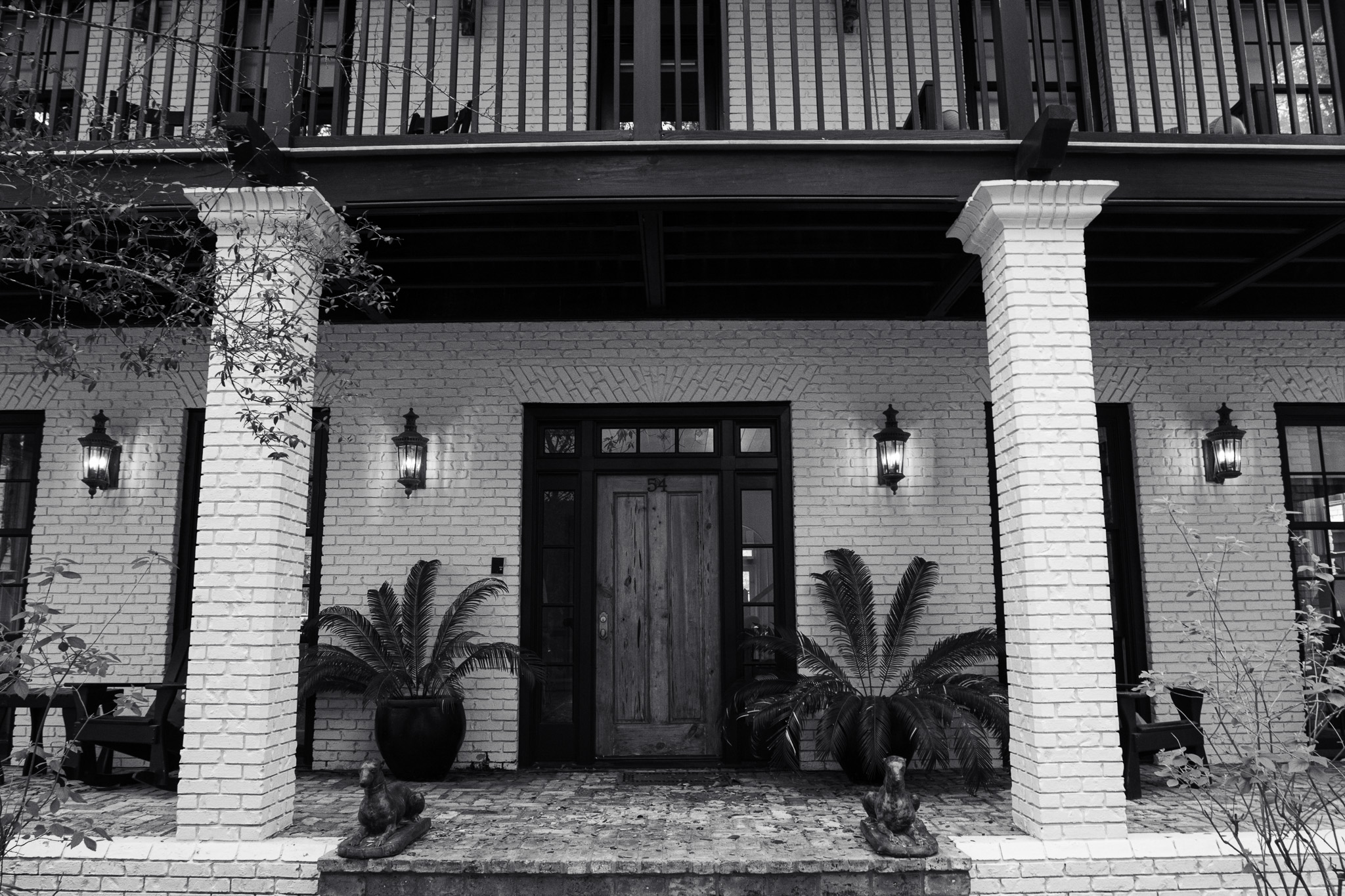Your cart is currently empty!
Front-Door Orientation: A Key Element of New Urbanism

A key architectural element in the New Urbanism is the orientation of front doors towards the main footpath or road. This practice represents a deliberate and strategic approach to community planning that seeks to reinforce the principles of inclusivity, walkability, and human-scale design. I do have a minor critique of this at the end, so if you’re mostly here for the sarcasm, just take a look at that.
Connection:
The emphasis on front doors facing the main footpath or road serves a fundamental purpose – it fosters a sense of connection. In New Urbanism, the front porch isn’t just a charming architectural feature; it’s a powerful symbol of openness and sociability. When homes face the street or footpath, residents are more likely to interact with their neighbors and passersby. This is meant to encourage a sense of community and social cohesion that can be challenging to achieve in neighborhoods where homes are oriented away from the public realm.

Walkability:
New Urbanism places a high value on walkability. By designing homes with front doors facing the main footpath, residents are more inclined to walk rather than drive. It promotes a pedestrian-friendly environment, reduces reliance on cars, and supports the creation of communities where daily needs are within easy reach. This design encourages outdoor activities, like evening strolls, which contribute to a healthier and more active lifestyle.

Surveillance:
Homes with front doors oriented towards the street or footpath are meant to contribute to a safer living environment. The “eyes on the street” principle, popularized by urbanist Jane Jacobs, suggests that when people can observe what is happening in public spaces, it deters criminal activity and enhances safety. This orientation promotes natural surveillance, possibly making communities more secure (though also possibly more nosey).

Aesthetic Appeal and Identity:
The practice of front-door orientation can also add to the aesthetic appeal and identity of New Urbanist neighborhoods. Homes that face the street often feature charming front yards, porches, and welcoming facades. This enhances the visual appeal of the community, contributing to a more attractive and engaging urban environment.

Challenges and Variations:
While the orientation of front doors toward the street is a hallmark of New Urbanism, it’s important to note that it’s not a one-size-fits-all approach. Some variations may be necessary to address unique circumstances, local regulations, or specific design goals. Furthermore, some critics argue that this practice can limit privacy, and there are challenges to ensuring that communities remain diverse and inclusive. My own critiques of the front-facing principle is that it can create a sense of artificiality, and make it difficult for physically impaired persons to have a front door that is accessible.
In conclusion, the orientation of front doors toward the main footpath or road represents a fundamental aspect of New Urbanism’s vision for urban planning and design. It embodies the philosophy’s commitment to fostering community connections, promoting walkability, enhancing safety, and creating aesthetically pleasing neighborhoods. While it may not be without its challenges, this approach to architectural design aims to be a tool in the creation of vibrant, people-centric, and sustainable communities.
Enjoy the Post? Consider a Trinket
30eh Classic Logo || Gildan Heavy Blend Unisex Hoodie
(っ◔◡◔)っ ♥ a tinge of sarcasm ♥ —- —- —- —- • 50% pre-shrunk cotton, 50% polyester • Fabric weight: 8.0 oz/yd² (271.25 g/m²) • Air-jet spun yarn with a soft feel and reduced pilling • Double-lined hood with matching drawcord • Quarter-turned body to avoid crease down the middle • 1 × 1 athletic…

